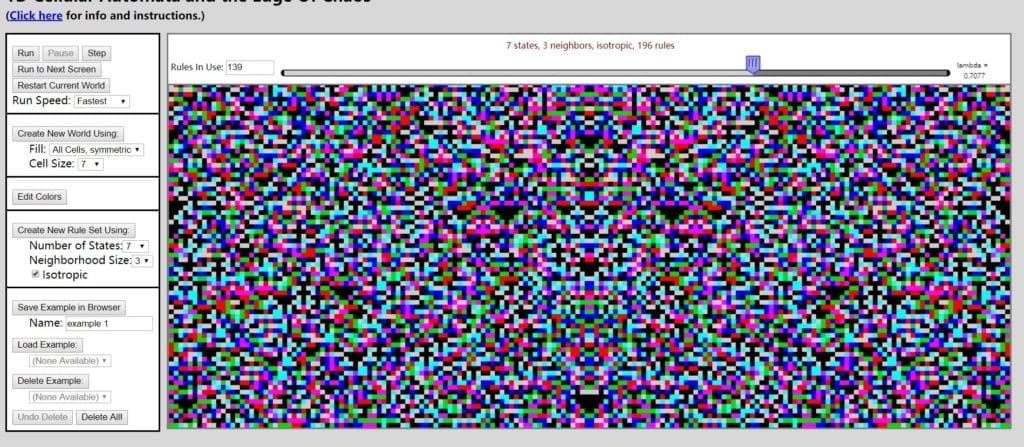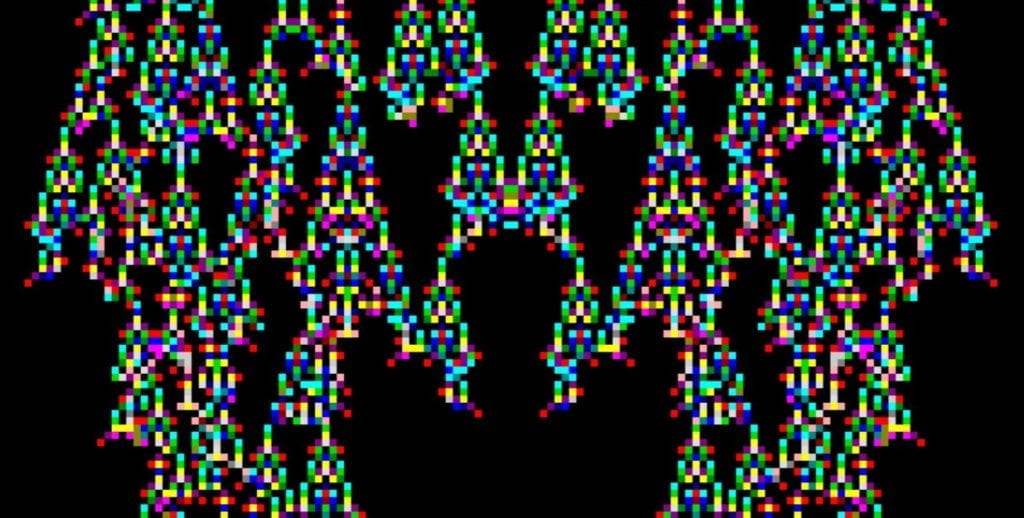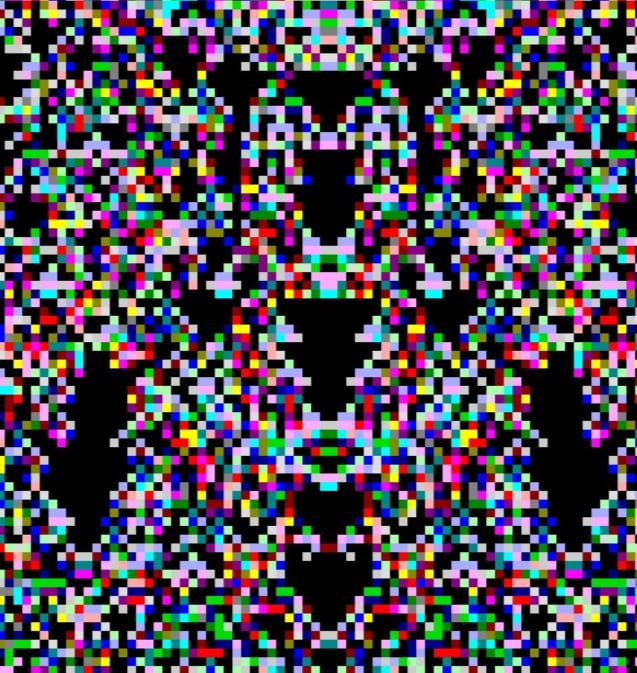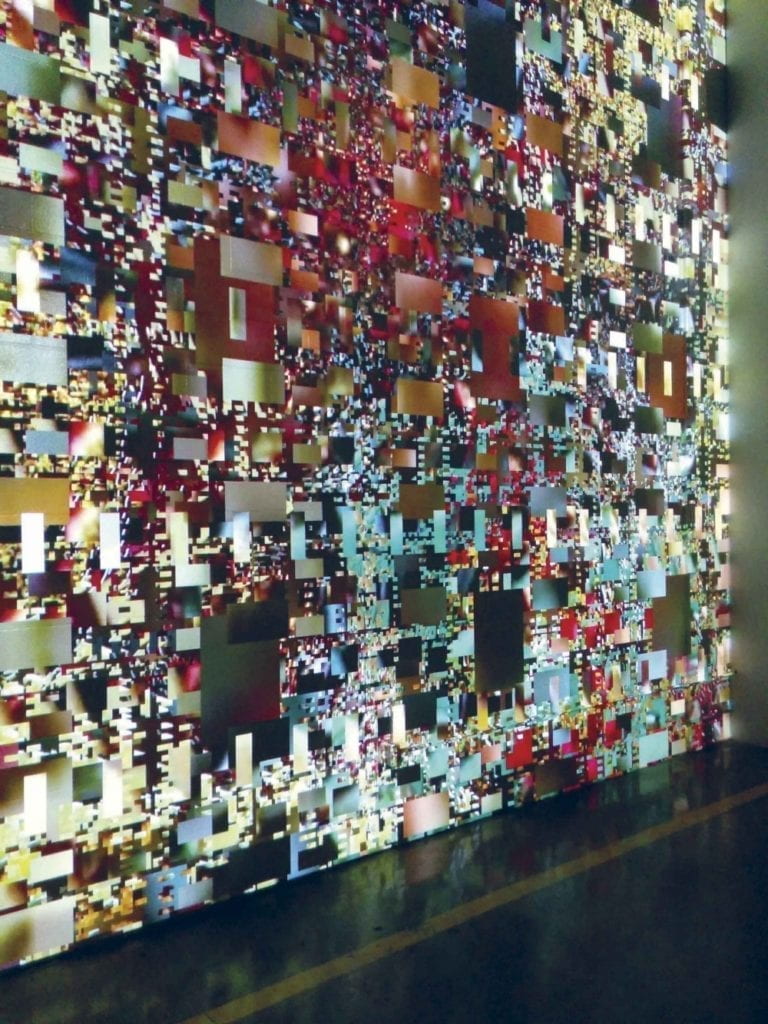Definition for ‘Interaction’ Revisited
In my blog post for our Group Project, I defined Interaction as the following:
- 1. Involves two or more actors.
- 2. Includes reciprocal processes of receiving information, processing information, and giving out feedbacks, despite the form of information (verbal, physical, visual, analog, digital etc.)
- 3. Could be carried out without prior interpretations.
This definition was largely based on Tom Igoe’s “Making Interactive Art: Set the Stage, Then Shut Up and Listen” and Tom Igoe & Dan O’Sullivan’s “Physical Computing – Introduction“. However, the experience of designing and making our midterm project Duet Beat made me wonder whether it is possible to always give individualized inputs and outputs throughout the course of interaction. It may be too demanding to require every single interactive process to have some ‘uniqueness’ but I believe in the context of physical computing, this is not a difficult goal to achieve. In fact, the customized inputs and outputs, I believe, reveals the centrality of our users and shows the designers’ respect towards those who appreciate their work. After I have learned about processing, I would like to add another universal criterion for my definition of interaction, which is the accessibility. Every human being or even animal (There was an example that someone made a device to feed his pet earlier in the class) should be able to carry out the so-called activity of ‘interaction’, regardless of nationality, race, or other differences we have. If there is no such a thing that can initiate the process, then the entire project design would be meaningless. In my group project, the one I mentioned against – F3 – is the best example to explain this because people need to have considerable programming experience in order to use that software. In other words, its interaction with users has a high threshold.
Two Interactive Products

The program I find in line with my definition this time is called Cellular Automata and the Edge of Chaos by David Eck from Brandeis University. As you can see, in this project, users give different settings to the computer and the computer will generate a customized painting featuring pixels of different colors and positions. The two actors involved are the computer and the user. The input in this project are settings in numbers and the output is the painting. It is quite user-friendly since we do not need to understand the meaning of each setting. Of course, it would be even better if we know how to adjust the painting but even if we just play around, we can still come up with fantastic artwork. In our final project, I really want to make something that can combine elements of visual art with physical computing because that is largely what Processing was designed for, as stated in the article written by Casey Reas and Ben Fry. Below are some samples I got:


The project that I think is less relevant to my definition of interaction is called KNBC by Casey Reas. It is “an audio and visual distortion of television signals”. In fact, I find many of the work Casey Reas finished are more related to the art itself instead of interaction with people.

There are only viewers instead of users in this project. People can only stop by and watch how the changing TV signals give them different outlays of pixels on this screen. They cannot input any message into this project by themselves and generate an outcome. And of course, people will need instructions in order to understand what this project is doing. However, the lack of interactivity does not harm this project’s value as an artwork because encoding and decoding the TV signals to bring new visual and audio experiences to people is a spectacular idea that will refresh our knowledge about media or even the contemporary society in the media age. Based on that, I would say this project is still inspiring for our final project because it is somehow educational and carries deep meanings that people should learn about the environment around. I would be so happy if we can come up with a final project with educational value in the end because we attempted and failed for making the creepy dog head. In some other senses, we can say that the two actors involved in interaction for this project are the computer/ screen and the TV signals. But I don’t quite agree because such a process is unconsciously initiated.
New Definition for Interaction
My final version of Interaction’s definition would be:
A conscious process with another object that every individual can conduct without prior instructions, which initiated some kind of input to derive an output.
This latter part of this definition is still based on what you have read in the first paragraph because I think input, processing, and output are indeed three key factors within interaction that we cannot miss, even though we have various ways for the description of such a process. Chris Crawford, Tom Igoe, and Dan O’Sullivan all included such a three-step model when they talk about interaction. The main evolution of my definition is in the first half, which is that now I would like to stress more on the role user plays. From lectures and the experience of making our midterm projects, I really believe it is users that attached meaning to the project we have come up with. So, it is reasonable to mention them in the first place of my definition of interaction. Even for something as ingenious as Rube Goldberg Machine, we still need someone to tricker the initial movement, right?